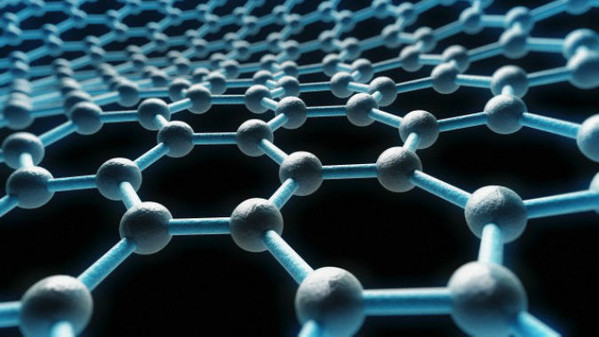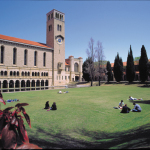Researchers at the Israeli Ben-Gurion University of the Negev (BGU) and University of Western Australia have designed a new process for creating few-layer graphene for use in energy storage and other material applications that is faster, potentially scalable and surmounts some of the current graphene production limitations.
The new one-step, high-yield generation process is based on an ultra-bright lamp-ablation method and has succeeded in synthesizing few-layer (4-5) graphene in relatively high yields. It involves a novel optical system (originally invented by BGU professors) that reconstitutes the immense brightness within the plasma of high-power xenon discharge lamps at a remote reactor, where a transparent tube filled with simple, inexpensive graphite is irradiated. The process is considered fast, safe and green (free of any toxic substances – just graphite plus concentrated light).
The BGU-UWA team is now planning an experimental program to scale up this initial success toward improving the volume and rate at which few-layer (and eventually single-layer) graphene can be synthesized.
Photo’s 1 caption: Israeli Ben-Gurion University of the Negev (BGU);
Photo’s 2 caption: University of Western Australia;













